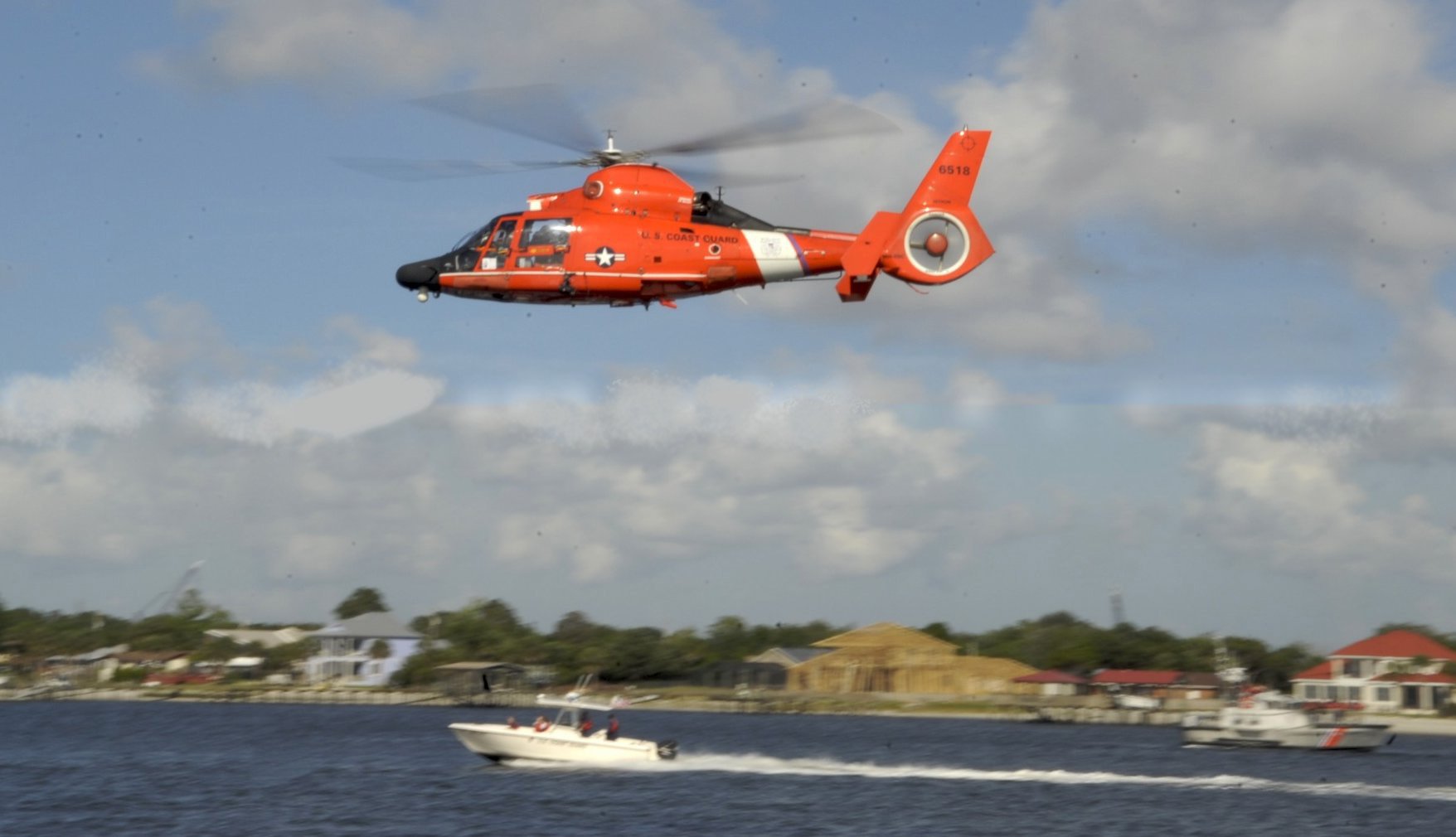 |
| NPHS 1510: Federal and International |
| Exercises |
|
| |
|
| |
| Overview |
| |
Exercises and exercising are not limited to emergency management. Indeed exercises have been around for a long time. Many types of organizations and professions regularly exercise their capabilities. For example:
- Theatrical and other performing groups exercise (rehearse) so that live performances run smoothly.
- Sports teams exercise (practice) at multiple levels. For example a football defensive backfield may practice backpedaling, tipped-pass drills or zone coverages.
- Military units exercise at both the strategic and tactical level.
- Business people and other professionals exercise (practice) presentations.
- Medical professionals practice on cadavers and mannequins.
We have all likely participated in some sort of emergency exercise, even if it was only a fire drill.
This lesson will focus on emergency exercises. We will look at exercises from multiple perspectives and at multiple levels. We will begin with examining the purpose and utility of exercise and progress to exploring the Homeland Security Exercise and Evaluation Program (HSEEP).
|
| |
| Definition: |
Exercise: An instrument to train for, assess, practice, and improve performance in prevention, protection, response, and recovery capabilities in a risk-free environment. Exercises can be used for: testing and validating policies, plans, procedures, training, equipment, and interagency agreements; clarifying and training personnel in roles and responsibilities; improving interagency coordination and communications; identifying gaps in resources; improving individual performance; and identifying opportunities for improvement. (Note: an exercises is also an excellent way to demonstrate community resolve to prepare for disastrous events).
Source:
HSEEP Glossary
|
|
| |
| Example Exercise |
| |
| The image below shows a contraband smuggling interdiction exercise performed by the Coast Guard in Jacksonville, Florida. Intercepting smugglers who employ high speed boats requires sophisticated resources and tactics. Since the smuggler's boats are much faster than even the fastest Coast Guard Cutter, a helicopter is employed in conjunction with the cutter. Since the helicopter is much faster than the smugglers' boats, many of them are easily convinced to stop and be boarded. In the event that they do not heed their boarding instructions, a highly skilled sniper aboard the helicopter with a high-powered rifle is prepared to disable their engines. The entire operation requires much skill and coordination among the Coast Guard sailors. Exercises such as this one hones their skills and improves coordination and communicaation. |
| |
 |
| |
| Objectives |
| |
The aim of this lesson is provide you with a working knowledge of exercises. Specifically our objectives are:
- Learn the rationale for exercises.
- Develop the knowledge, skills and abilities to plan and execute exercises.
- Learn about the Homeland Security Exercise and Evaluation Program (HSEEP).
- Learn about the National Exercise Plan.
- Review some past exercises.
The materials are designed for a novice student. You should be able to perform the tasks without learning other specialized skills or knowledge.
|
| |
| Resources: |
"Emergency Exercise Development", WHO Regional Office for the Western Pacific, World Health Organization, 2009, ISBN-13: 978-9290614197.
"Exercise Alternatives for Training Emergency Management Command Center Staffs", Walter Guerry III Green, Universal Publishers, 2000, ISBN-13: 978-1581127485.
"An Introduction to Emergency Exercise Design and Evaluation", Robert McCreight, Publisher: Government Institutes, 2011, ISBN-13: 9781605907598.
|
|
| |
|
|
|
|
| Copyright © 2011 Ken Sochats |










